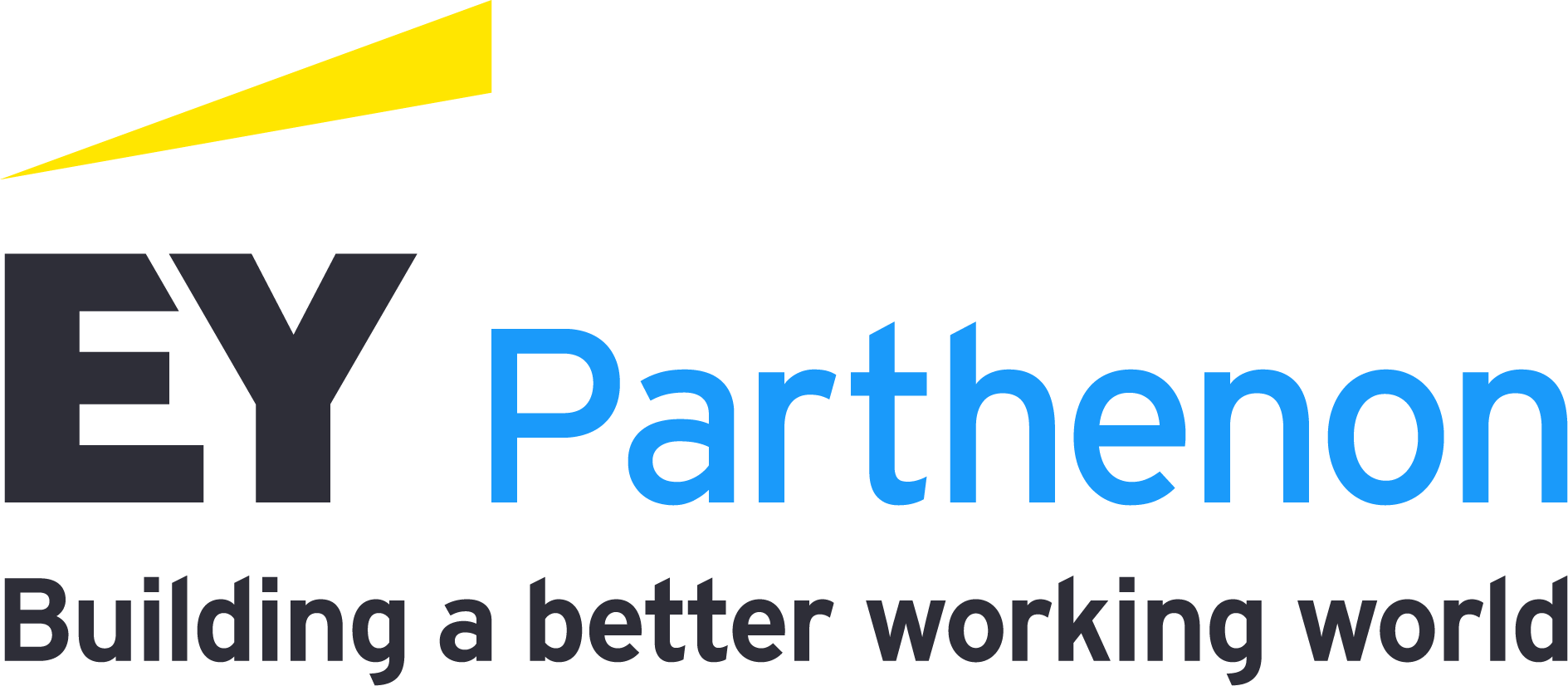Did the higher education landscape become fundamentally healthier in the COVID-19 pandemic, or is the pulse on risk temporarily distorted by financial abnormalities? An analysis of the IVM’s key metrics sheds light on this question.
The “ibuprofen effect” of COVID-19 stimulus funding
The IVM uses six weighted metrics in three categories to assess and score an institution’s risk, quantifying real “virtuous” or “vicious” cycles of financial health experienced by four-year institutions. An examination of 2021 results across these metrics suggests an “ibuprofen effect” in the landscape today – in other words, major, short-term swings in position driven by billions in COVID-19 stimulus.
Among the key findings:
In 2021, average profit margins ballooned as emergency relief funding reached higher education institutions (Figure 2).
An institution’s profit margin carries a 25% weight in the IVM, and an institution with any surplus receives a “Stable” designation on the metric. In 2019 and 2020, average profit margins were comparable across risk categories and only slightly lower in 2020 overall (-2%) than in 2019 overall (3%) – likely due to early COVID-19 impacts. However, in 2021, a stark increase in average profit margin occurred across risk buckets and overall (21%) as budgets were uplifted by nearly $80b from the Higher Education Emergency Relief Fund (HEERF). In general, institutions were required to spend half of allotments on student grants, with the remaining funds to be spent on permissible operating costs over the next 1 to 3 years.
Figure 2: Average profit margin by IVM score, 2019-2021







